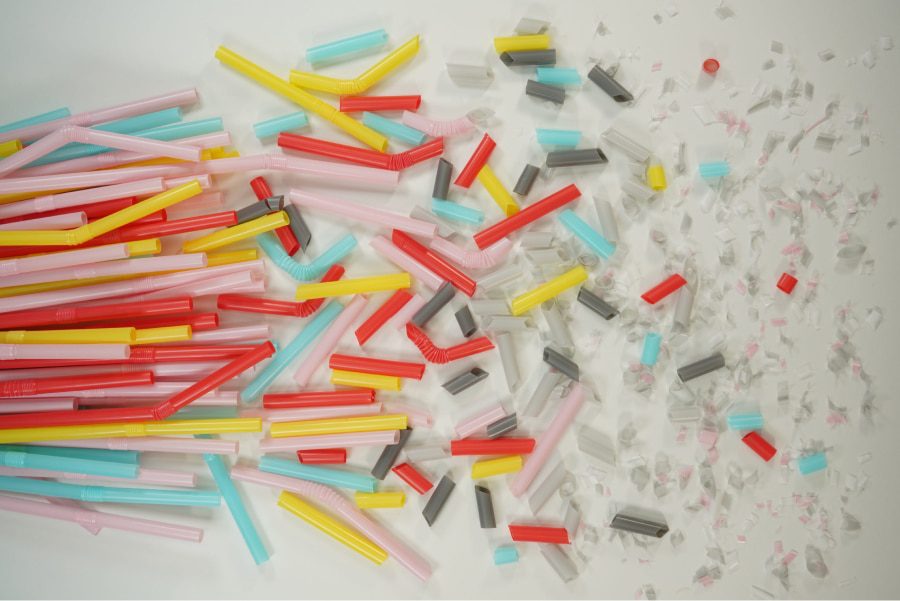Specialised Cosmetic Formulations and Safety Considerations for Vulnerable Consumer Groups
Cosmetic products can be formulated for different consumer groups, each with unique physiological needs and vulnerabilities.
Pregnant women, cancer patients, individuals experiencing menopause, children, elderly consumers, and those seeking genderless cosmetics require specialized formulations and careful regulatory compliance.
Understanding how these products differ from regular cosmetics and the role of the safety assessor is crucial for ensuring both efficacy and, in fact, safety.
These categories of cosmetics must meet stringent requirements to avoid adverse reactions and provide tangible benefits tailored to the specific needs of their users.
Differences Between Specialised and Regular Cosmetics
Specialised cosmetics are formulated with enhanced safety considerations due to the increased sensitivity of their target consumers.
- Pregnant women: Products should be free from potential endocrine disruptors such as certain parabens, phthalates, and specific essential oils. Retinoids, high concentrations of salicylic acid, and strong chemical exfoliants should also be avoided. Many pregnancy-safe products prioritise deeply hydrating ingredients such as shea butter and glycerin, along with soothing botanicals like chamomile and calendula.
- Cancer patients: Due to weakened immune systems and heightened skin sensitivity from treatments such as chemotherapy or radiotherapy, cosmetics should be hypoallergenic, fragrance-free, and free from potential irritants like alcohol and synthetic dyes. Moisturising and barrier-repairing ingredients such as ceramides and panthenol are preferred. Some brands develop entire product lines specifically for oncology patients, ensuring the highest level of safety and skin tolerance.
- Menopausal Skin: Products often contain ingredients like phytoestrogens, hyaluronic acid, and ceramides to combat skin dryness and loss of elasticity. Hormone-disrupting chemicals must be avoided, and additional antioxidants such as vitamin C and resveratrol help support collagen production.
- Genderless Cosmetics: This trending category emphasises neutral scents, minimalist branding, and multipurpose formulas. While not always needing distinct safety measures, formulations should be inclusive for all skin types and needs. Many genderless products are designed with adaptable textures and versatile formulations that cater to a broad range of consumers.
- Children’s Cosmetics: Regulations require mild formulations with, for example, fewer preservatives and no allergens. Some ingredients and synthetic fragrances are restricted, according to annexes of the Cosmetic Regulation 1223/2009. Additionally, textures and application methods must be designed for ease of use and safety, such as tear-free shampoo formulations or edible lip balms.
- Elderly Consumers: Skin ageing reduces barrier function, making hydration and sensitivity key concerns. Products are typically enriched with antioxidants, peptides, and soothing agents while avoiding harsh exfoliants. Packaging considerations, such as easy-to-open containers, large-font labelling, and ergonomic dispensers, are also important for this demographic.
EU Regulations for Specialised Cosmetics

The EU Cosmetic Regulation (EC) No 1223/2009 governs all cosmetics, including those targeted at specific groups. However, additional safety considerations apply:
- Restricted and Prohibited Ingredients: The EU maintains a list of banned substances, including those harmful to vulnerable populations. For instance, some preservatives and colourants are strictly limited in children’s products.
- Specific Testing Requirements: Products aimed at sensitive consumers undergo more extensive dermatological and hypoallergenic testing. Additional patch tests, irritation tests, and tolerance studies are often required.
- Endocrine Disruptor Considerations: Special scrutiny is given to potential endocrine-disrupting chemicals (EDCs), particularly in pregnancy and menopause-targeted products. Ongoing EU initiatives seek to tighten restrictions on suspected EDCs in consumer products.
- Nickel and Heavy Metal Testing: Ensuring minimal traces of heavy metals is particularly important for cancer patients and children, as these contaminants can cause serious health issues.
- Microbiological Stability and Preservative Efficacy: Because vulnerable populations have a higher risk of infections, rigorous testing ensures that formulations remain free from microbial contamination while using the safest possible preservatives.
Unique Considerations for Safety Assessors

Safety assessors play a key role in ensuring compliance and consumer protection.
When evaluating specialised cosmetics, they must:
1. Review Toxicological Profiles: Assessors must carefully evaluate ingredient safety, ensuring the absence of known irritants, allergens, and endocrine disruptors.
2. Assess Exposure Risks: Depending on the target group, risk assessment differs. For example, infants have a higher skin surface area-to-body weight ratio, increasing systemic absorption risks.
3. Examine Formulation Stability: Certain ingredients may degrade faster or interact with packaging materials, impacting product efficacy and safety.
4. Evaluate Clinical and Dermatological Testing: Hypoallergenic claims, pediatric approvals, and tolerance tests are often required. Long-term studies may also be needed for certain formulations aimed at chronic conditions like severe dry skin or rosacea.
5. Monitor Cross-Contamination Risks: Particularly for oncology patients or individuals with compromised immune systems, even trace amounts of allergens or irritants can have severe consequences. Assessors ensure that production facilities meet stringent hygiene standards.
Are Specialised Cosmetics Regulated Differently from Regular Cosmetics?
While specialised cosmetics fall under the same overarching EU regulations, stricter guidelines apply for vulnerable populations:
- Baby and Children’s Cosmetics: Must be dermatologically tested for safety and contain only mild, non-irritating ingredients. The EU explicitly prohibits certain fragrances and preservatives in cosmetics intended for children under three years old.
- Cosmetics for Pregnant Women: While not legally separate, there is an industry push for ‘pregnancy-safe’ claims that exclude high-risk ingredients. Regulatory bodies are considering stricter definitions and guidelines for pregnancy-specific formulations.
- Medical Conditions (Cancer Patients): Products intended for use by individuals with medical conditions may be classified as medical devices rather than cosmetics if they claim therapeutic effects. Some oncology skincare products could undergo both cosmetic safety assessments and additional medical evaluations to ensure compatibility with medical treatments.
Labelling Requirements for Specialised Cosmetics
Proper labelling, as with any cosmetic product, is essential for compliance and consumer safety.
The following elements are particularly important for specialised cosmetics, always bearing in mind the guidelines provided by Regulation 655/2013 on cosmetic claims:
- Clear Target Audience Indication: The label should specify if a product is suitable for children, pregnancy, menopause, etc.
- Ingredient Transparency: Complete INCI lists should highlight the exclusion of harmful substances (only if the “free-from” statement gives useful information to the consumer).
- Allergen Warnings: Must comply with EU allergen labelling requirements. Some brands voluntarily include ‘free from’ statements for known allergens to further reassure consumers (it is necessary to evaluate, case by case, as we said, if those claims can be used).
- Hypoallergenic and Dermatologically Tested Claims: These claims must be substantiated by relevant testing. Certifications from dermatological associations add credibility.
- Expiration Dates, PAO and Storage Instructions: Some specialised formulations, such as those for cancer patients or babies, may have shorter shelf lives due to the absence of strong preservatives.
Ensuring Compliance and Safety in Specialised Cosmetic Products
Specialized cosmetics require meticulous formulation, rigorous safety assessment, and compliance with EU regulations to ensure consumer safety. While they share a regulatory foundation with standard cosmetics, additional considerations make them unique.
Brands targeting sensitive consumers must adhere to strict guidelines to ensure efficacy, safety, and transparency. As consumer awareness grows and regulatory landscapes evolve, the demand for highly specific, safe, and inclusive beauty products will continue to shape the future of the cosmetic industry.
Contact us—we’ll be happy to help you keep your product compliant and support you in making the right claims, avoiding fines and product seizures.



